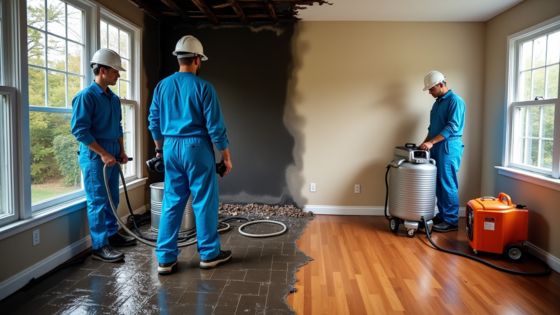Drawing female poses can be tricky, but it’s a vital skill for artists. A good pose reference base helps capture the right proportions and angles. It serves as a starting point for creating dynamic and realistic female figures.
Using hot pose references allows artists to study and draw the female form accurately. These references show various body positions and angles. They help artists learn anatomy, proportion, and movement.
Artists can find hot pose references online or in drawing books. Practice with different poses to improve skills. Over time, this practice leads to more natural and expressive figure drawings.
Key Takeaways
- Pose reference bases help artists draw accurate female figures
- Regular practice with different poses improves drawing skills
- Good references show varied body positions and angles
Understanding Anatomy for Drawing
Accurate anatomy knowledge forms the foundation for creating realistic female figure drawings. Artists must grasp key body proportions, muscle structures, and dynamic poses to bring their drawings to life.
Proportions of the Female Body
The female body typically follows certain proportions. The average adult woman is about 7.5 heads tall. The shoulders are usually narrower than the hips. The waist sits around the middle of the torso.
Key ratios to remember:
- Head to body: 1:7.5
- Shoulder width: 2-2.5 heads
- Hip width: 2.5-3 heads
- Leg length: About 4 heads
These measurements serve as guidelines. Individual body types may vary. Artists should study real people and references to capture natural diversity.
Muscle Structure and Function
Understanding muscles helps create more believable figures. Major muscle groups to focus on include:
- Deltoids (shoulders)
- Pectorals (chest)
- Abdominals (core)
- Gluteus maximus (buttocks)
- Quadriceps (thighs)
Muscles change shape when flexed or relaxed. They also affect body contours differently based on a person’s body fat percentage. Studying anatomy books and live models can improve muscle rendering skills.
Dynamic Poses and Movement
Dynamic poses bring drawings to life. They show action and personality. To create convincing movement:
- Use gesture drawings to capture the flow of motion
- Pay attention to weight distribution and balance
- Exaggerate key lines to emphasize action
The spine’s curve changes with different poses. Arms and legs bend at joints. Muscles stretch and contract. Practice quick sketches of people in motion to improve dynamic pose drawing skills.
Fundamentals of Pose Drawing
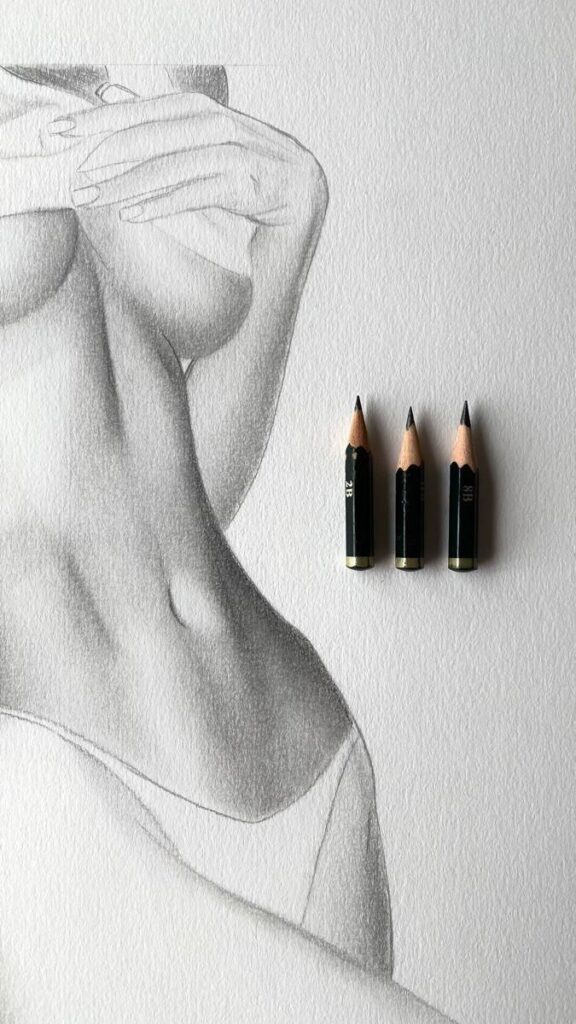
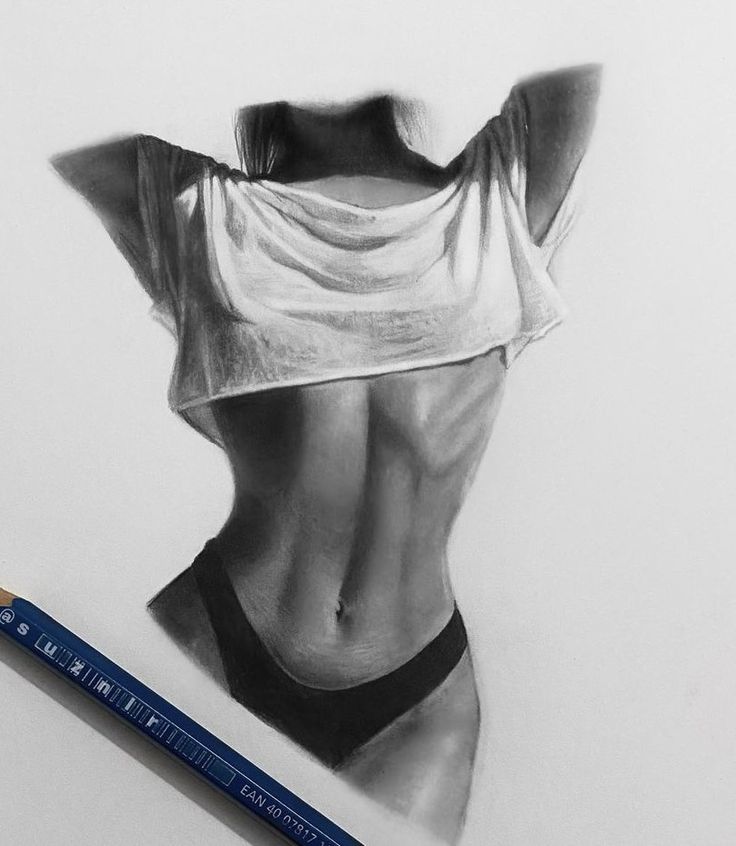
Pose drawing requires a solid grasp of key principles to create dynamic and lifelike figures. These skills form the building blocks for capturing the human form in art.
Gesture Drawing Basics
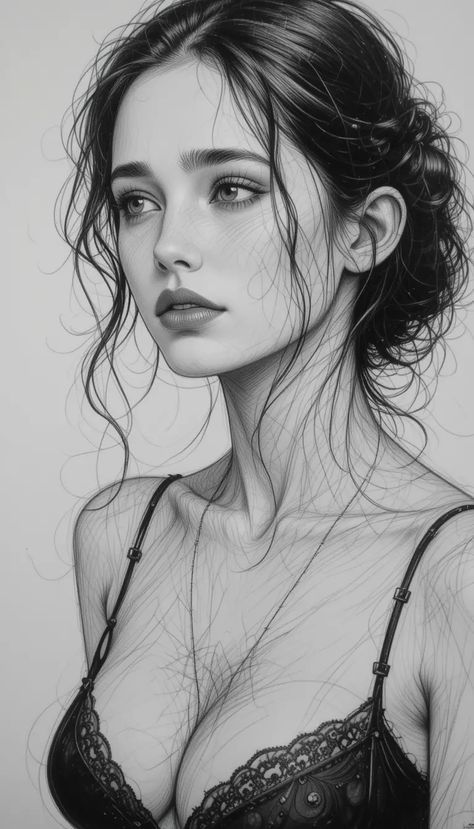
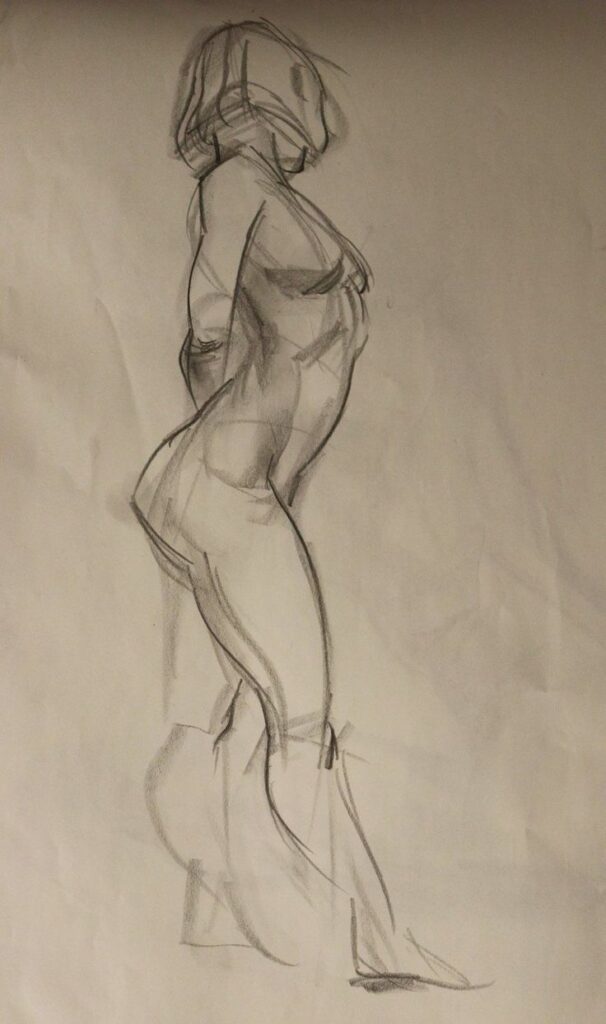
Gesture drawing focuses on quick, loose sketches to capture the essence of a pose. Artists start with simple shapes and lines to show the figure’s movement and energy. The goal is to convey the pose’s feeling in just a few strokes.
Stick figures and basic shapes help map out the pose. These rough sketches serve as a foundation for more detailed work. Practice gesture drawing with short time limits, like 30 seconds or 1 minute per pose.
Gesture drawing improves observation skills and helps artists see the big picture. It teaches how to simplify complex forms and spot key lines of movement.
Balance and Weight Distribution
Understanding how weight shifts in a pose is crucial for realistic figure drawing. Artists must show which parts of the body support the figure’s weight.
Look at where the center of gravity falls. This point changes based on the pose. For a standing figure, it’s usually above the feet. In a seated pose, it’s over the hips.
Pay attention to how limbs and muscles react to weight shifts. Compressed areas often appear wider, while stretched parts look longer. Show these changes to make poses feel more natural and stable.
Line of Action
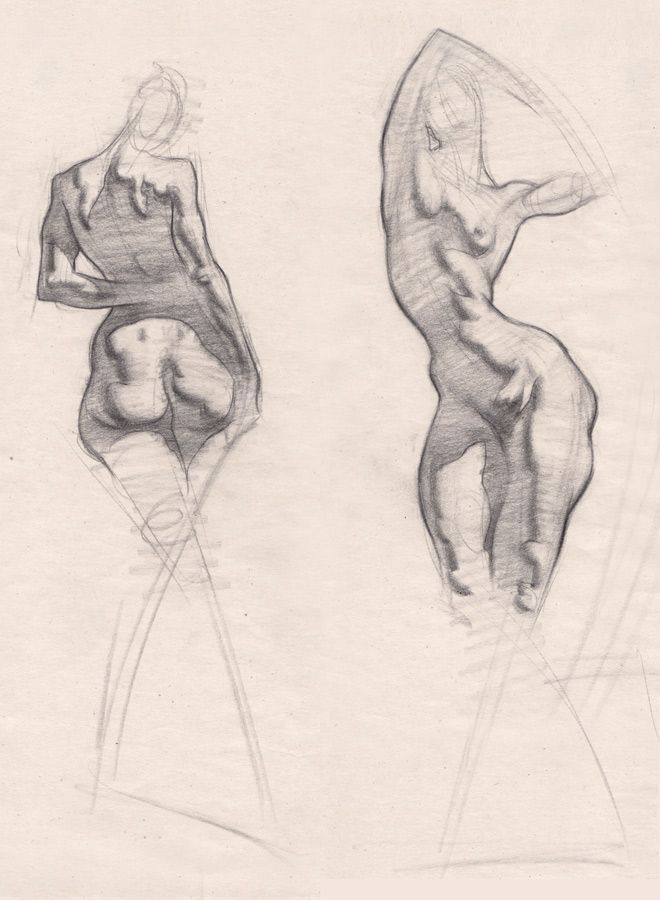
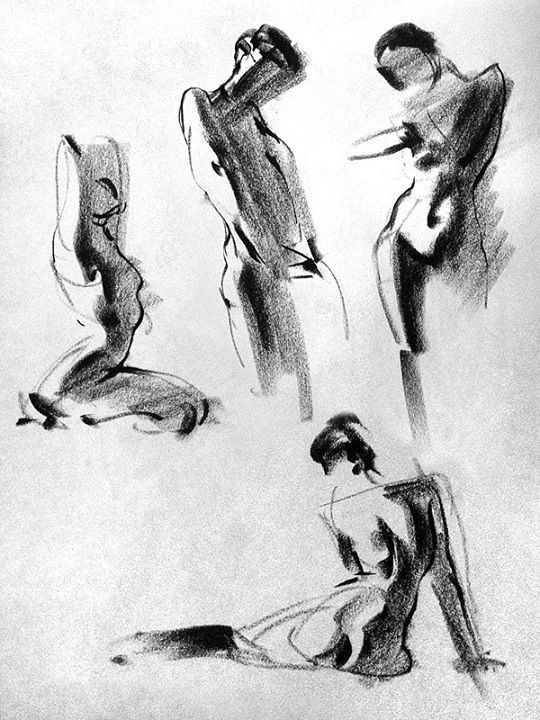
The line of action is an imaginary curve that runs through the figure’s core. It shows the pose’s main direction and energy. This line helps create dynamic and flowing poses.
Start by drawing this line before adding any details. It can be straight, curved, or S-shaped. The line of action guides the placement of other body parts.
Use the line of action to make poses more interesting. Avoid stiff, straight lines for lively poses. Curved lines often create more appealing and natural-looking figures.
Practice finding lines of action in everyday scenes. Look for them in people walking, sitting, or moving. This habit will improve your ability to draw expressive poses.
Drawing Base Poses
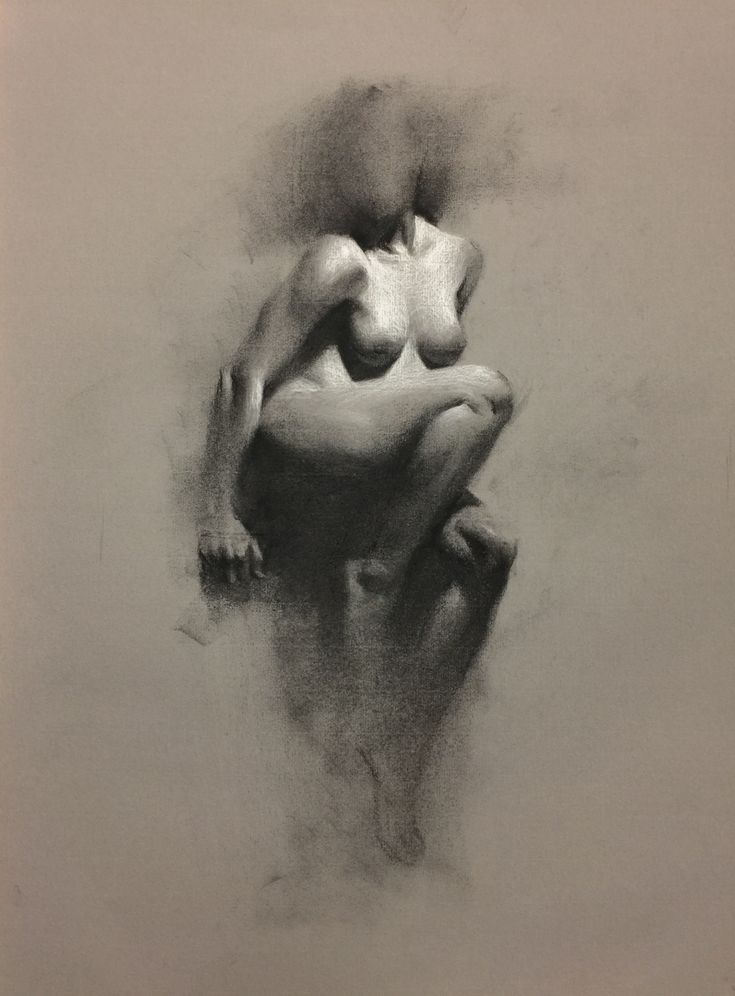
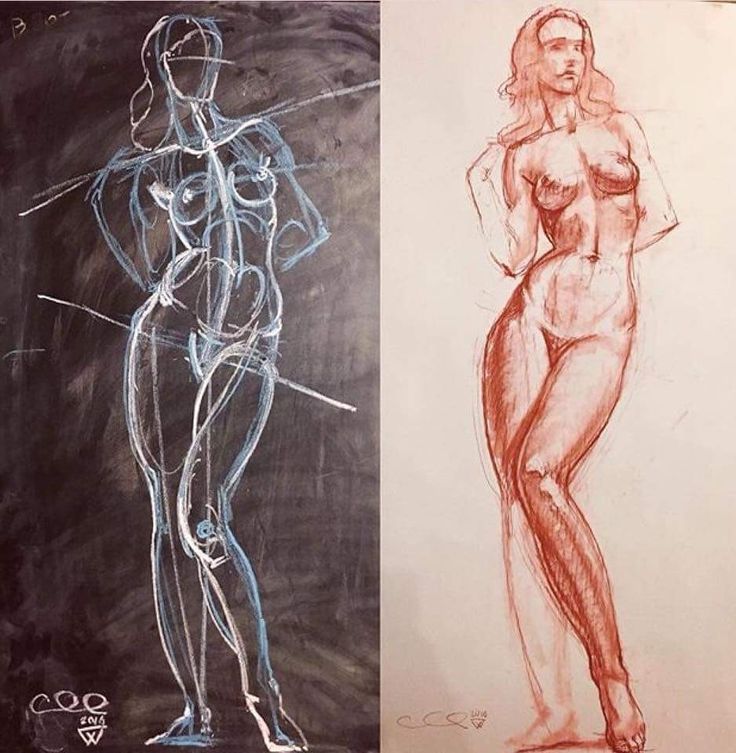
Base poses form the foundation for figure drawing. They help artists capture the essence of a pose before adding details. Here are key steps to create effective base poses.
Starting with Stick Figures
Stick figures are simple yet powerful tools for sketching base poses. Start with a vertical line for the spine. Add lines for the neck, arms, and legs. Use circles for joints like shoulders, elbows, hips, and knees. This basic structure helps map out the pose’s main angles and proportions.
Keep the lines loose and light. Experiment with different poses by adjusting the angles of the limbs. Try dynamic poses with bent knees or raised arms. Stick figures let you quickly test ideas without getting bogged down in details.
Building Volume and Form
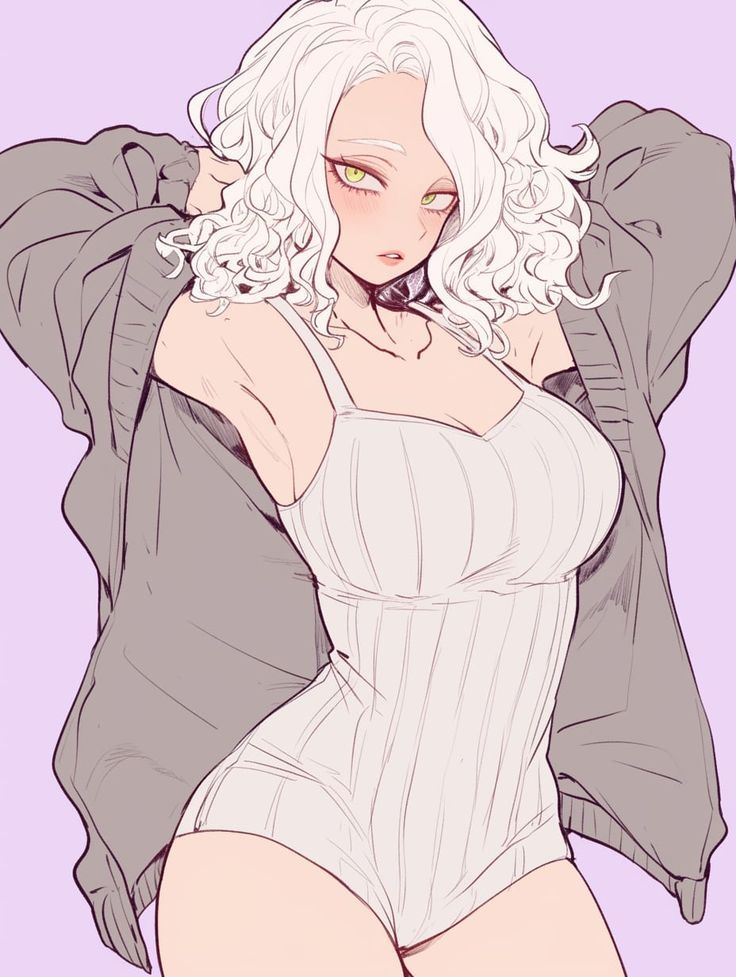
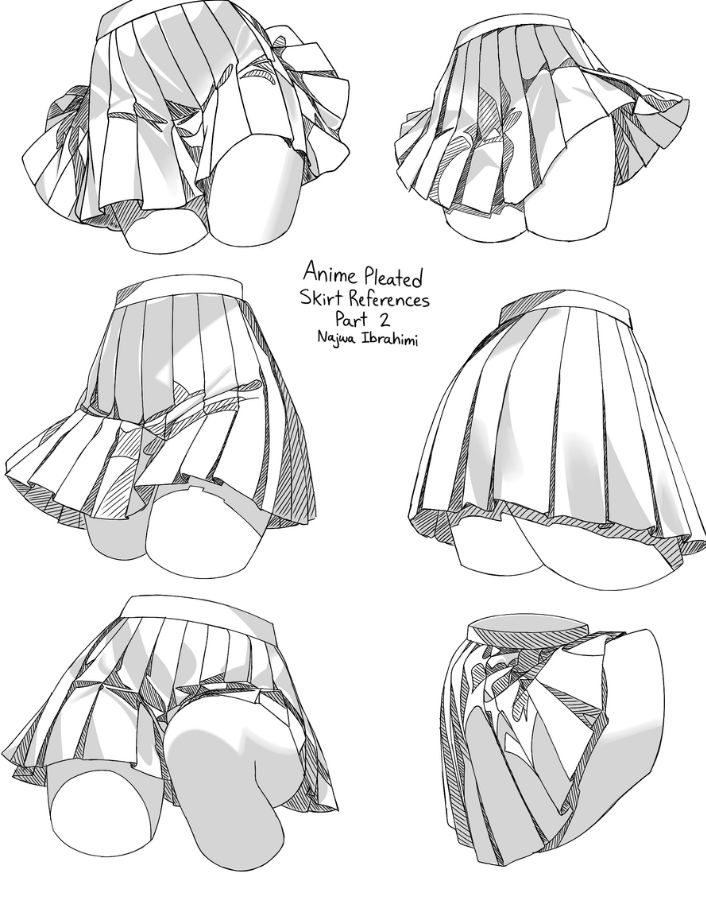
Once you have a stick figure, add basic shapes to give the pose more body. Use circles for the head and joints. Add ovals for the chest and pelvis. Draw cylinders for the arms and legs. These simple forms help show the body’s 3D structure.
Pay attention to how shapes connect and overlap. This step is crucial for making the pose look solid and believable. Adjust the sizes of shapes to match the character’s build. A muscular figure will have larger cylinders for limbs than a slender one.
Refining the Pose
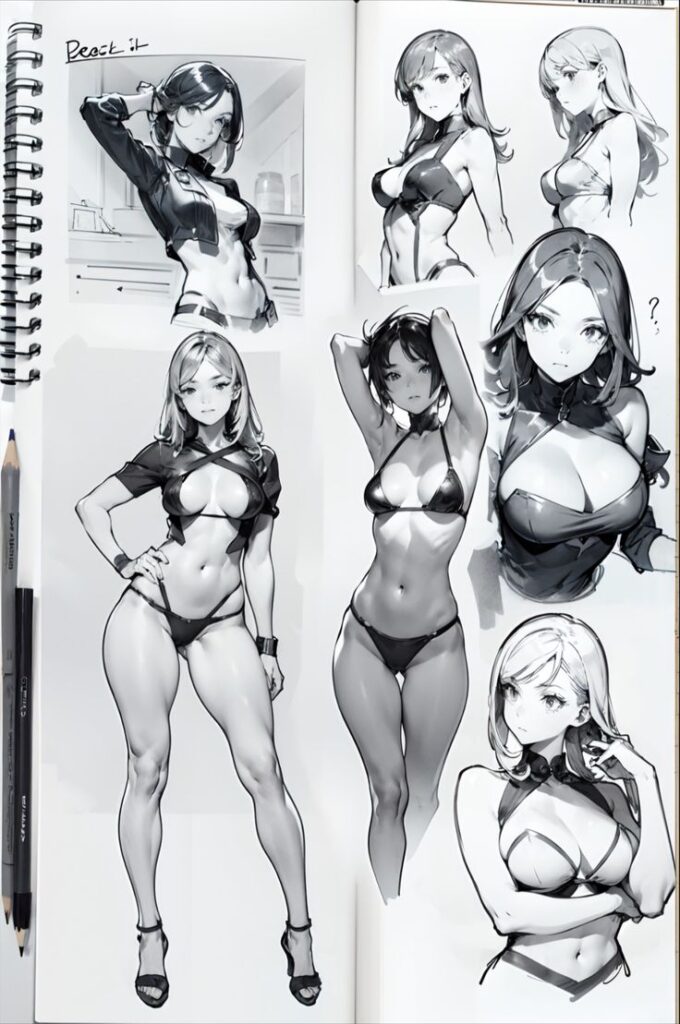
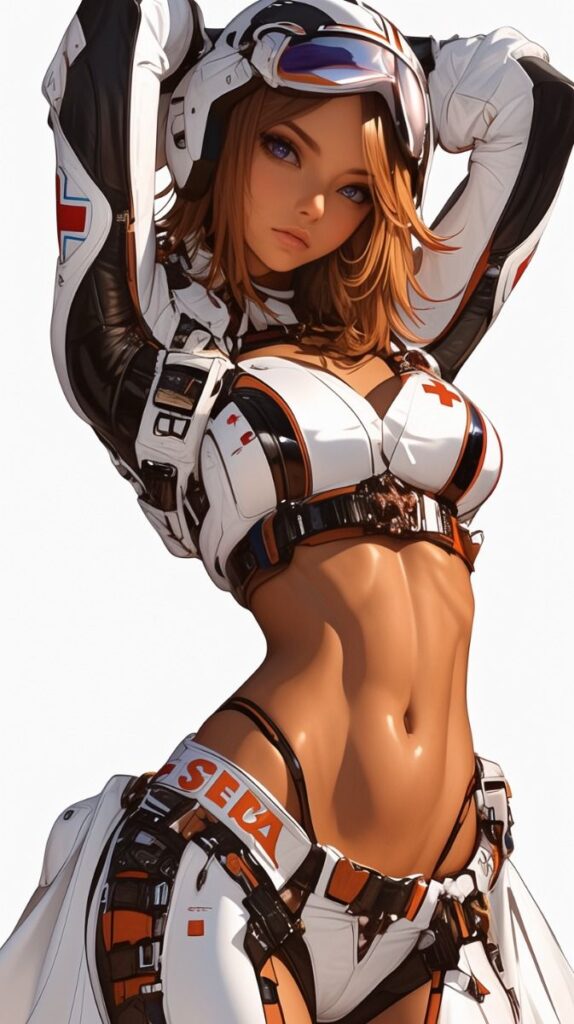
Now it’s time to refine the pose and add more detail. Smooth out the basic shapes into a more realistic body form. Add curves for muscles and define the waist and hips. Sketch in facial features and hair.
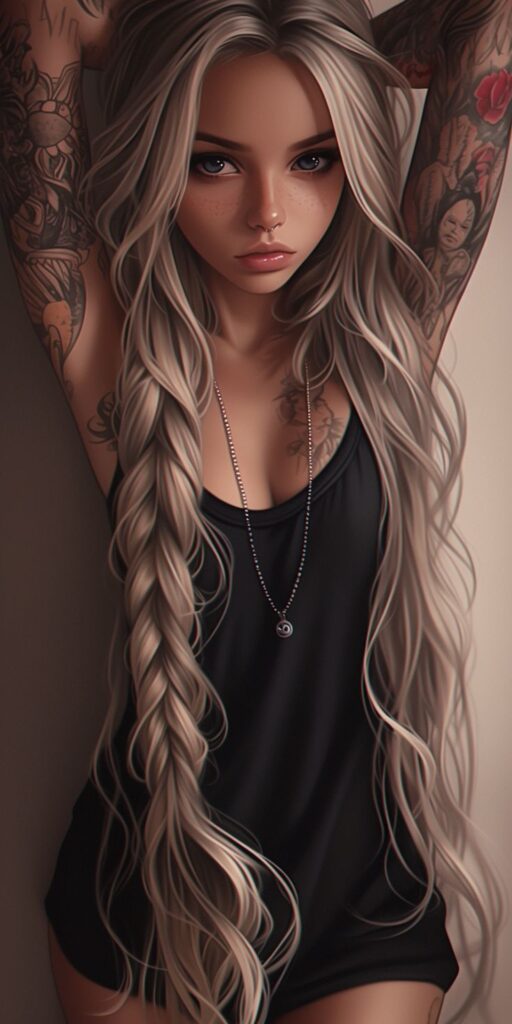
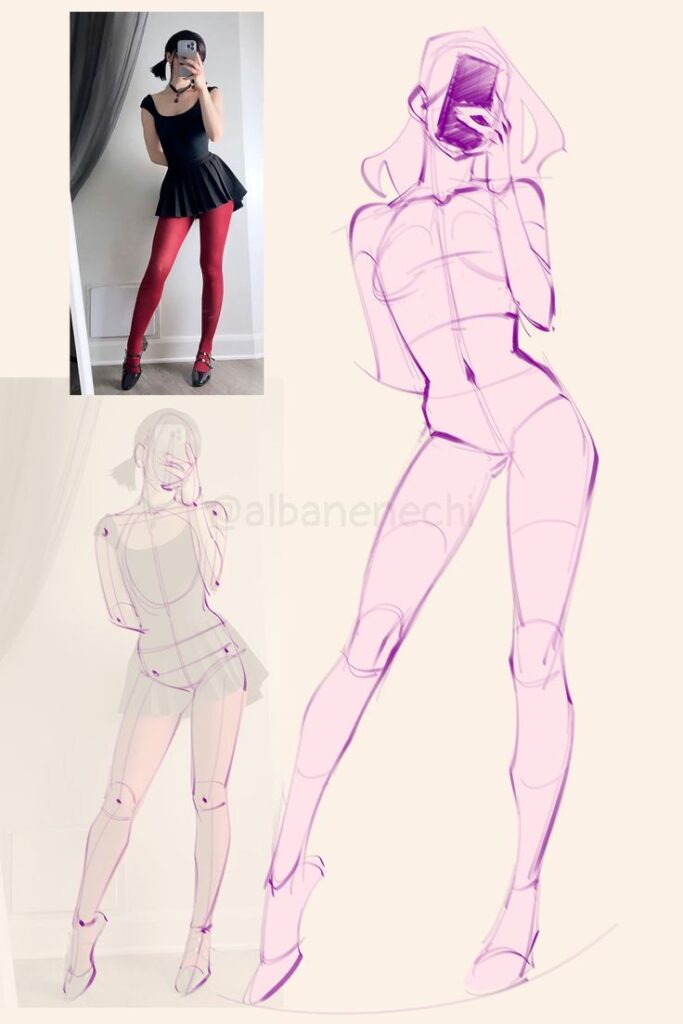
Focus on the pose’s balance and weight distribution. Make sure the figure looks stable if standing, or show proper support if sitting or lying down. Add simple clothing or accessories if needed. Keep the lines clean and avoid too much detail at this stage.
Reference Materials and Resources
Artists have several options for finding pose references. These include photographs, live models, and online libraries. Each offers unique benefits for creating accurate figure drawings.
Photographic References
Photos provide a static view of poses. Artists can study them closely without time limits. Fashion magazines offer a wealth of dynamic poses. Art books also contain figure photos for study. Stock photo sites have searchable pose databases.
Some artists take their own reference photos. This allows full control over lighting and angles. It’s helpful to shoot from multiple views. A tripod keeps the camera steady for clear shots.
Digital photos let artists zoom in on details. This aids in capturing small features accurately. Photo editing software can adjust contrast to highlight forms.
Live Model Sessions
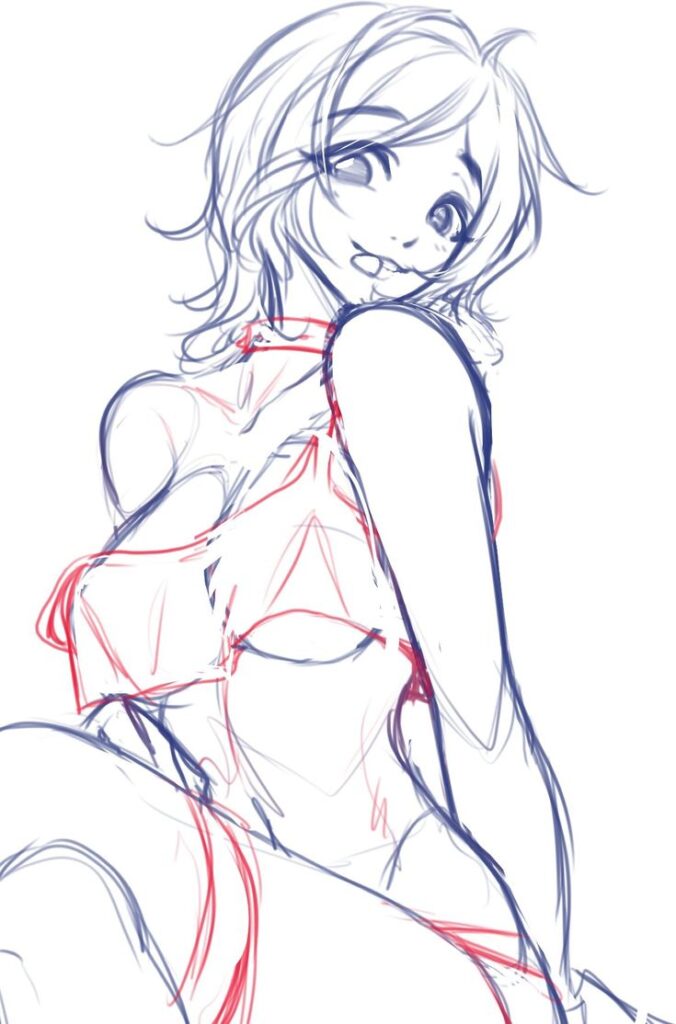
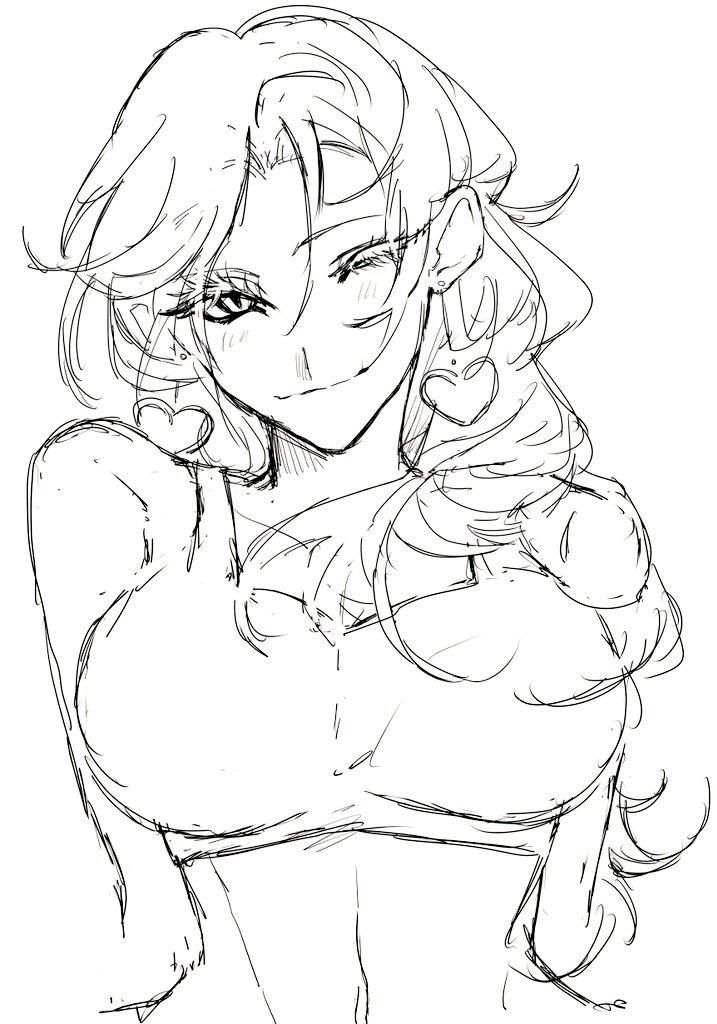
Working from live models gives artists a 3D view of poses. Models can hold poses for varying lengths of time. Quick poses help capture gesture and movement. Longer poses allow for detailed study.
Figure drawing classes often use live models. These group sessions are cost-effective for artists. Some art schools have open studio time with models. Private model sessions give more control over poses.
Models can adjust poses slightly. This helps artists understand how forms connect. Observing how light falls on skin tones is valuable. Live sessions improve an artist’s ability to draw from memory.
Online Pose Libraries
Many websites offer pose reference photos and videos. Some are free, while others require paid subscriptions. These sites let artists access a wide range of poses quickly.
Popular options include Posespace, SenshiStock, and Line of Action. Users can filter poses by gender, clothing, or action type. Timed drawing modes help practice gesture sketches.
3D pose tools like Magic Poser allow custom pose creation. Artists can rotate views and adjust lighting. This flexibility helps when specific poses aren’t available in photos.
Video references show how poses flow into each other. This is useful for capturing natural movement in drawings.
Creating Dynamic Poses
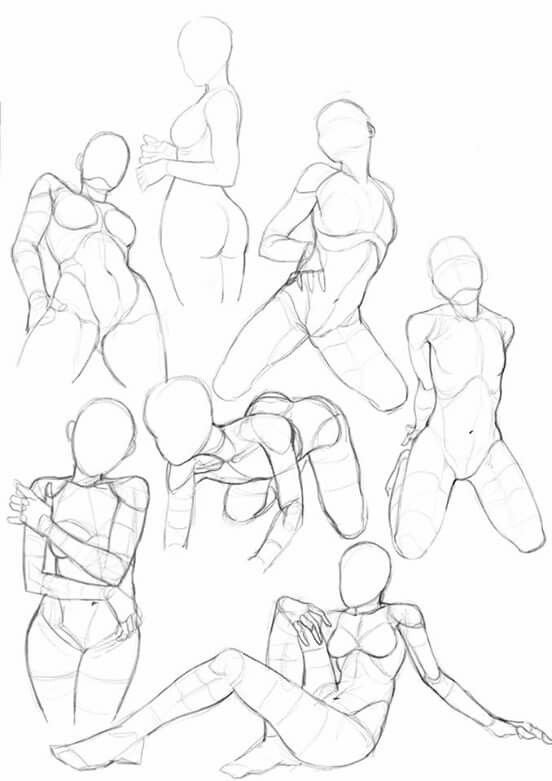
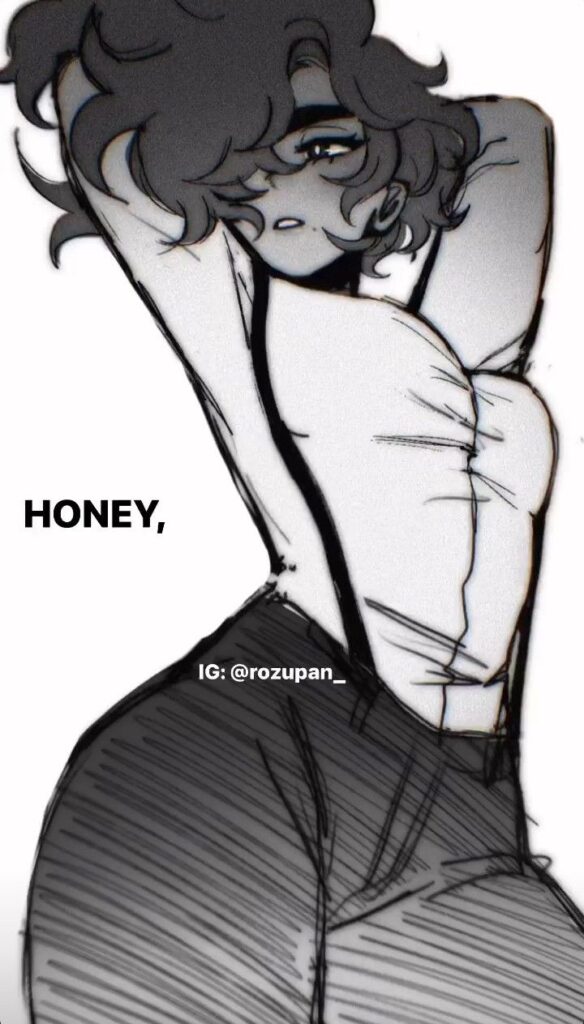
Dynamic poses bring artwork to life by capturing movement and energy. They express action, emotion, and personality through body language and positioning.
Incorporating Action and Momentum
Action poses show figures in motion. Draw characters mid-stride, jumping, or twisting. Emphasize the direction of movement with flowing lines. Bend limbs and create curves in the body to suggest motion.
Use diagonal lines to create a sense of energy. Tilt the shoulders and hips in opposite directions for a more dynamic look. Exaggerate gestures slightly to enhance the feeling of action.
Add wind effects to clothing and hair to reinforce the idea of movement. This helps viewers imagine the pose as part of a larger scene or story.
Foreshortening and Perspective
Foreshortening makes poses more dramatic by showing depth. It involves drawing parts of the body that are closer to the viewer larger, and farther parts smaller. This creates the illusion of 3D space on a 2D surface.
Practice drawing figures from unusual angles, like looking up or down at them. This adds interest and variety to poses. Use reference photos or a mirror to understand how body parts appear when foreshortened.
Pay attention to overlapping body parts in complex poses. This helps create a sense of depth and realism in the drawing.
Conveying Emotion through Poses
Body language communicates feelings without words. Facial expressions are important, but the whole body tells a story. Slumped shoulders show sadness or defeat. A straight back and raised chin convey confidence.
Consider the placement of hands and feet. Clenched fists suggest anger or determination. Open palms indicate honesty or welcome. Crossed arms can mean defensiveness or discomfort.
The tilt of the head also affects the mood of a pose. A slight tilt can show curiosity or flirtation. A sharp tilt might express confusion or challenge. Experiment with subtle changes to create different emotional effects in poses.
Challenges in Female Pose Drawing
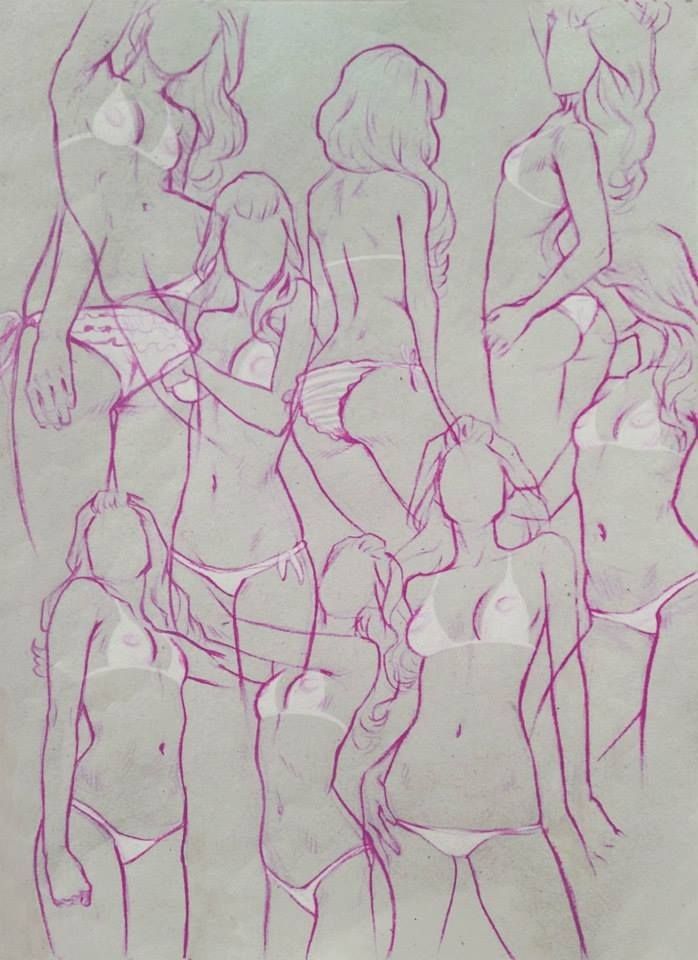
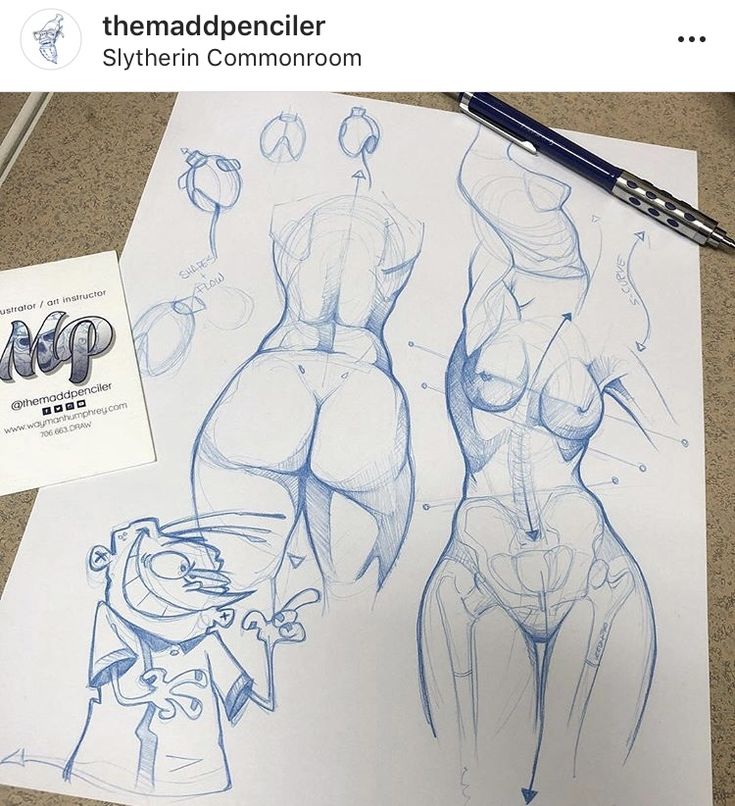
Drawing female poses can be tricky. Artists face several key hurdles when trying to create realistic and diverse female figures.
Avoiding Stereotypes
Many artists struggle to avoid common stereotypes when drawing female poses. These include exaggerated body proportions or overly sexualized postures. It’s important to study real women’s bodies and movements.
Reference photos of diverse women can help. Look at athletes, dancers, and everyday people for inspiration. Pay attention to natural poses and gestures.
Try drawing women in active poses doing various activities. This helps move away from passive or objectifying portrayals.
Capturing Femininity
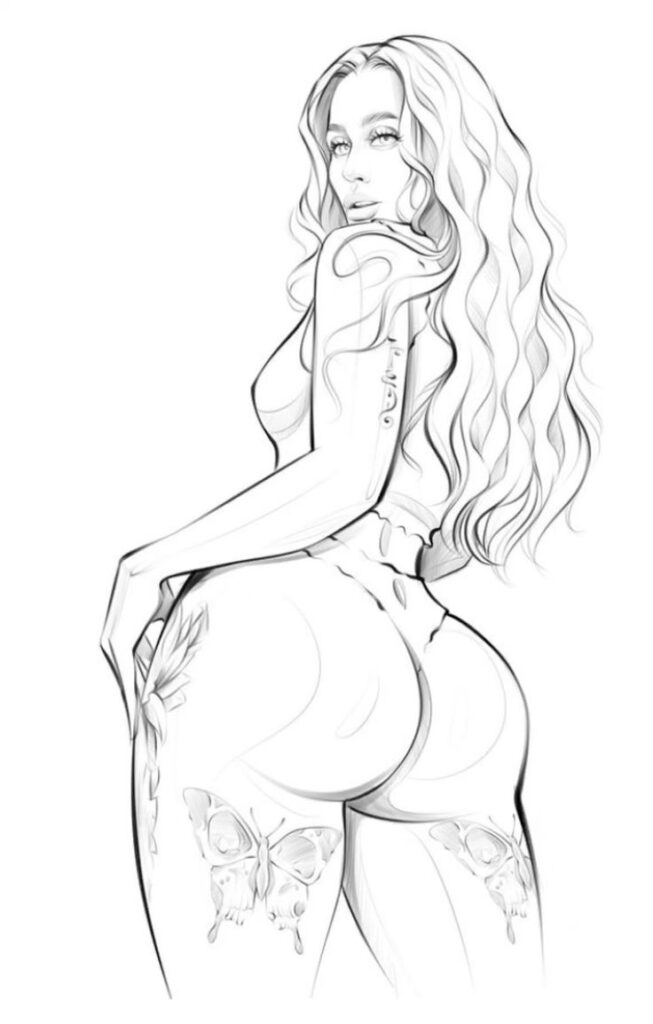
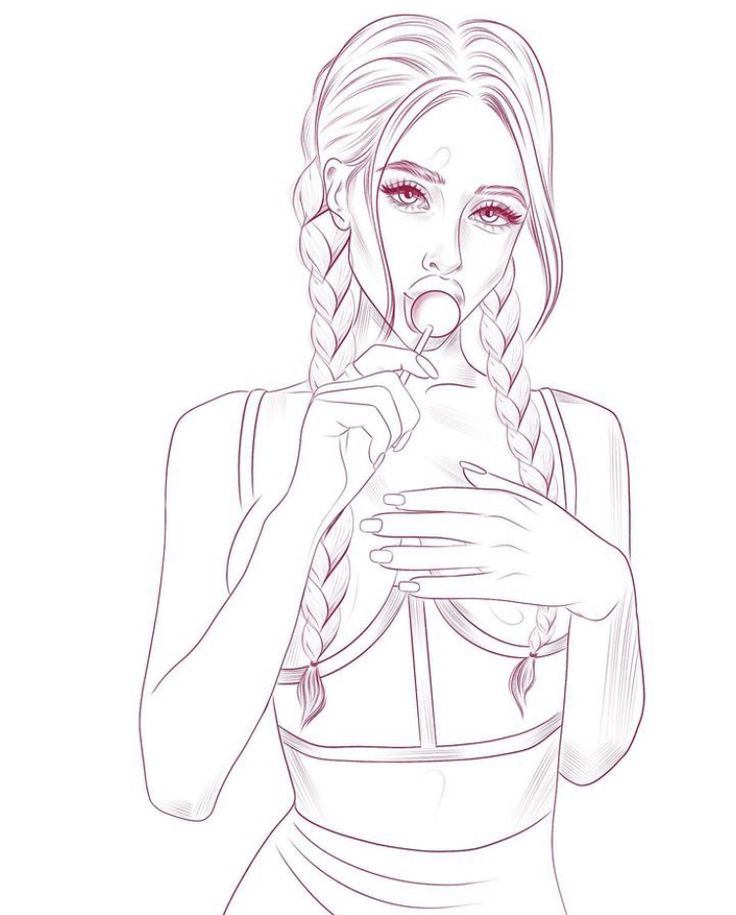
Showing femininity without relying on clichés is another challenge. Subtle details in pose and body language can convey feminine traits.
Focus on the flow of lines and curves. Women often have more rounded shapes than men. But don’t overdo it – keep proportions realistic.
Facial expressions and hand gestures add personality. Practice drawing different emotions and actions to bring characters to life.
Variety in Body Types
Female bodies come in many shapes and sizes. Artists sometimes struggle to show this range in their drawings.
Study anatomy to understand how different body types look. Draw women of various ages, heights, and builds.
Pay attention to how clothing fits different figures. Folds and draping change based on body shape.
Practice drawing plus-size, muscular, and petite women. Each type has unique challenges in pose and proportion.
Vary your references to include women from different ethnic backgrounds too. This helps create more inclusive and realistic art.
Practice and Improvement
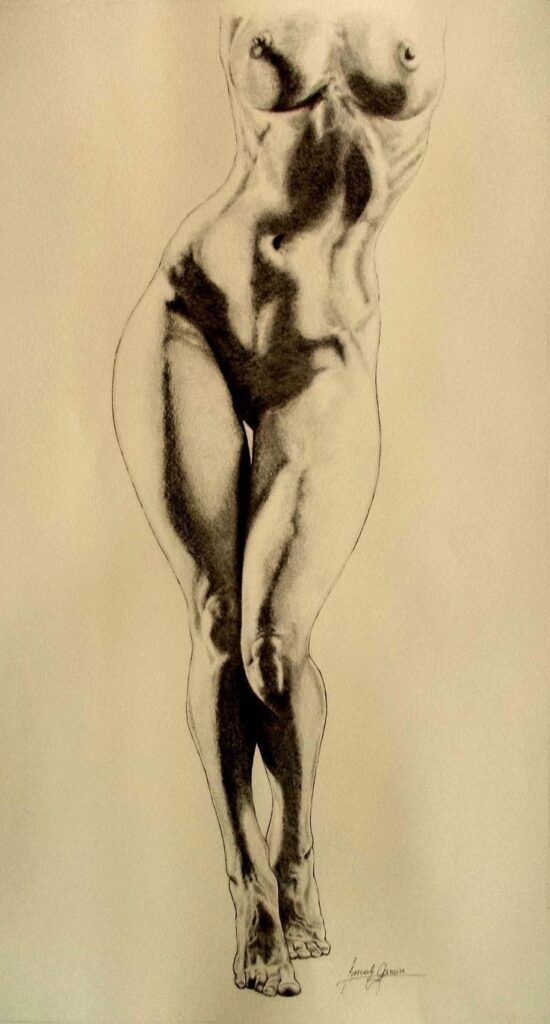
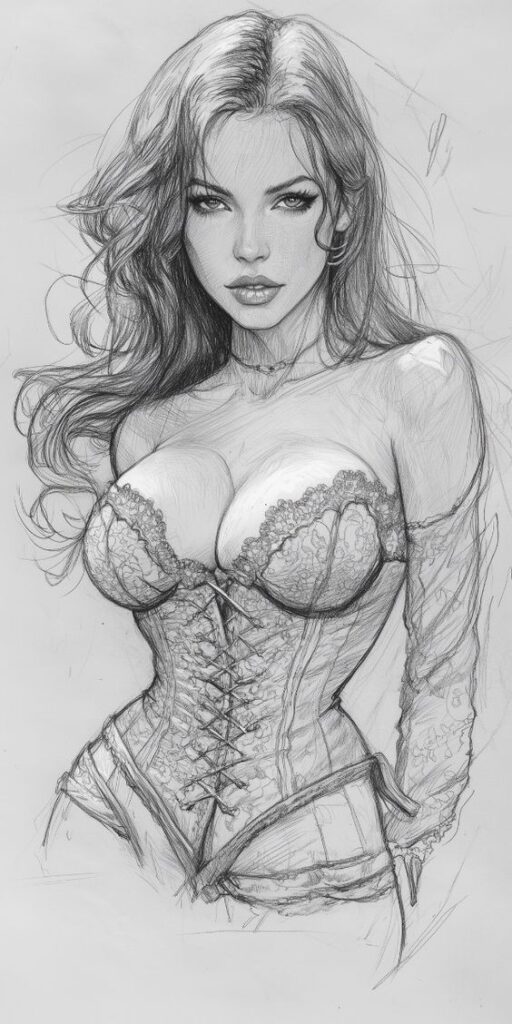
Artists can boost their skills in drawing hot pose references for female characters through consistent effort and smart learning methods.
Regular Practice Exercises
Daily sketching is key for improvement. Set aside 15-30 minutes each day to draw quick poses. Use online resources or photo references as inspiration. Try timed exercises, like 30-second gesture drawings or 5-minute figure studies.
Mix up your practice with different tools. Use pencils one day, digital tablets the next. This helps you stay flexible and learn new techniques.
Focus on problem areas. If hands are tough, spend extra time on hand studies. The same goes for facial expressions, muscle groups, or clothing folds.
Critique and Feedback
Seek honest opinions on your work. Join art forums or social media groups where artists share critiques. Post your drawings and ask for specific feedback.
Find a mentor or art buddy. Regular check-ins with a more experienced artist can speed up your progress.
Learn to self-critique. After each drawing session, list 3 things you did well and 3 areas to improve. This builds awareness of your strengths and weaknesses.
Progress Tracking
Keep a sketchbook or digital folder of your work. Date each piece to see your growth over time.
Take photos of your drawings at the same stage each week. Make a collage to visualize your improvement.
Set clear goals. Examples: “Draw 50 different poses this month” or “Master foreshortening in 3 months.” Track your progress towards these targets.
Try redrawing old pieces every few months. This shows how far you’ve come and where you can still grow.
Applying Poses to Character Design
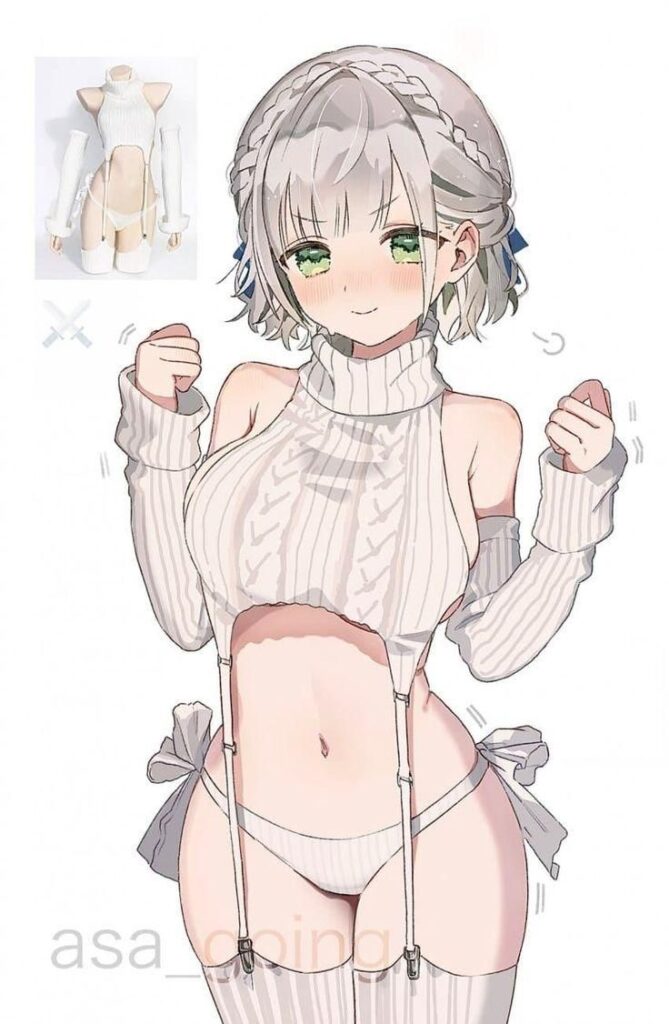
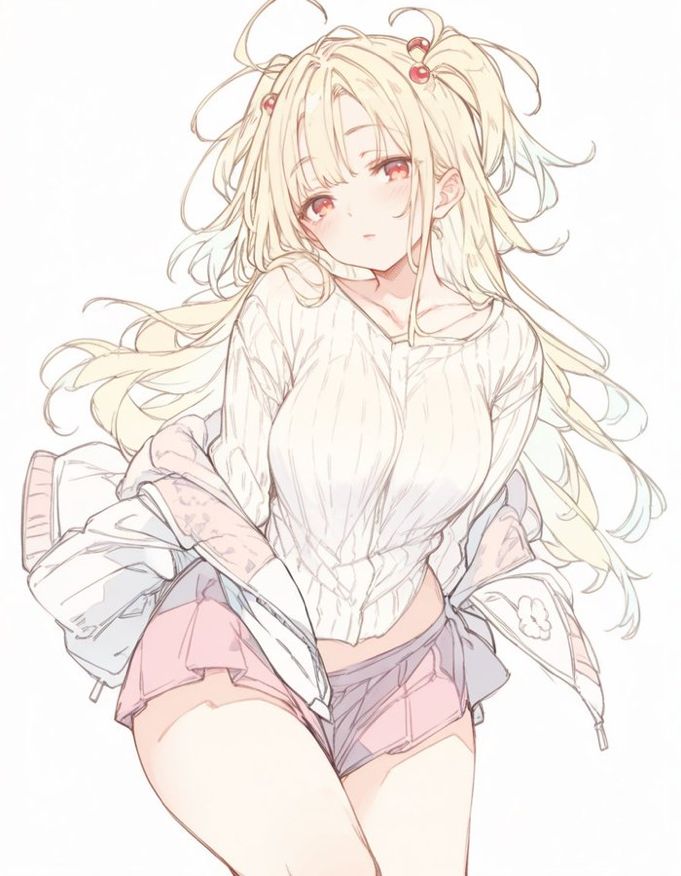
Poses play a key role in bringing characters to life through visual design. They convey personality, emotion, and context for the character’s actions and environment.
Character Personality and Pose

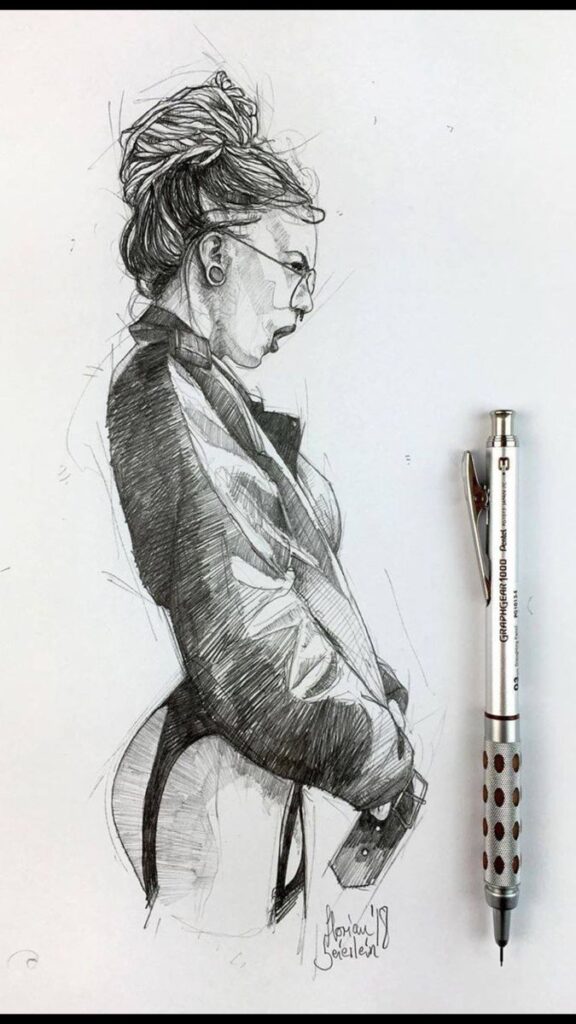
A character’s pose can reveal a lot about their personality and mood. Confident characters often stand tall with shoulders back. Shy characters may hunch or cross their arms. Playful characters might have more dynamic, energetic poses.
Artists can use pose to show a character’s current emotional state. Slumped shoulders indicate sadness or defeat. An upright stance with fists clenched shows determination. Relaxed, open body language suggests the character feels at ease.
Facial expressions and hand gestures also contribute to pose. These small details add nuance to the character’s demeanor and help tell their story visually.
Clothing and Drapery in Poses
Clothing reacts to a character’s pose and movement. Loose fabrics flow and wrinkle. Tight clothing stretches over flexed muscles. Artists must consider how different materials behave.
Folds and wrinkles form in predictable ways based on the pose. Fabric bunches at bends like elbows and knees. It hangs straight on vertical surfaces. Studying real clothing helps artists depict these effects accurately.
Accessories like scarves, capes, or long hair also respond to pose and motion. They can add visual interest and emphasize the character’s movements. Careful placement of these elements enhances the overall composition.
Interaction with Environment
Characters don’t exist in a void. Their poses should fit the setting around them. A warrior might crouch behind cover in a battle scene. An explorer could reach up to climb a cliff face.
Props and objects in the scene influence pose choices. A character holding a heavy object leans back to counterbalance. Someone using a tool adjusts their grip and stance to apply force effectively.
Environmental factors affect pose too. Wind can blow hair and clothing. Extreme heat might cause a character to shield their face. Rain could make them hunch and hurry. These details make the character feel more connected to their world.
- 11.0Kshares
- Facebook0
- Pinterest11.0K
- Twitter0

